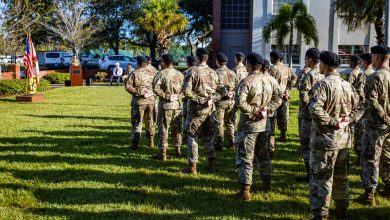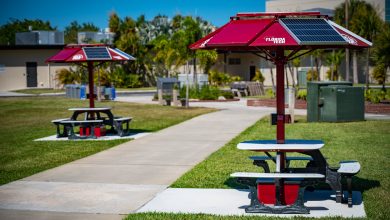Landing Simulator Research To Help Space Missions
Astronomy and astrophysics undergraduate students, Ramanakumar Sankar and Timothy Drostare, created a landing simulator to model the surface properties of airless bodies, like the moon and asteroids, to find more reliable landing sites for space missions.
“Landing has been problematic in the past since scientists do not fully understand the physical surface properties of airless bodies,” Sankar said.
Sankar and Drost were able to simulate the effects of solar radiation on different porous surface models to observe their spectra.
“With space missions becoming much more popular, and the fact that we could potentially land humans on a planet or asteroid within the next couple of decades, we believe this project will support these attempts,” Sankar said.
Sankar has always had an interest in space missions since he was a kid, as well as planetary sciences, which Sankar wishes to pursue as a career.
“Planetary studies is something we can all relate to and it has always piqued my interest,” Sankar said. “Considering that this project is an application to both these interests, I found this project to be most interesting out of the list of topics that our advisor Dr. Batcheldor presented to us.”
The project has provided Sankar with knowledge on how scientific computing works and understanding the process of research and development of scientific models. He also learned the process of converting a concept into a model is not as simple as coding a set of formulas.
“There are many things to take into account so that model will return a valid output instead of failing because of computational errors,” Sankar said.
Sankar’s advice for future students is to never give up; perseverance and logic are key to finding the answer.
“There were times when I would spend all night looking for resources to pass roadblocks in the project, and it would seem that nothing made sense,” Sankar said. “Most of the answers are not a simple Google Search away, and the key is usually in being calm and rational and going through the workings of the project step-by-step to find the solution.”
Sankar believes research and student design are the most important aspects of the college experience as they are stepping stones for students to understand the reality outside of college. Scientists will continue to do research based on the experience they gain at Florida Tech, and engineers will have the training to work on large-scale engineering projects without having to “learn on the job.”
“This makes it invaluable in terms of giving us the tools to succeed in our career paths, and also work to improve the quality of life through our professions,” Sankar said.
Sankar and Drost won the College of Science’s Northrop Award at the 2016 Northrop Grumman Engineering and Science Student Design Showcase.





